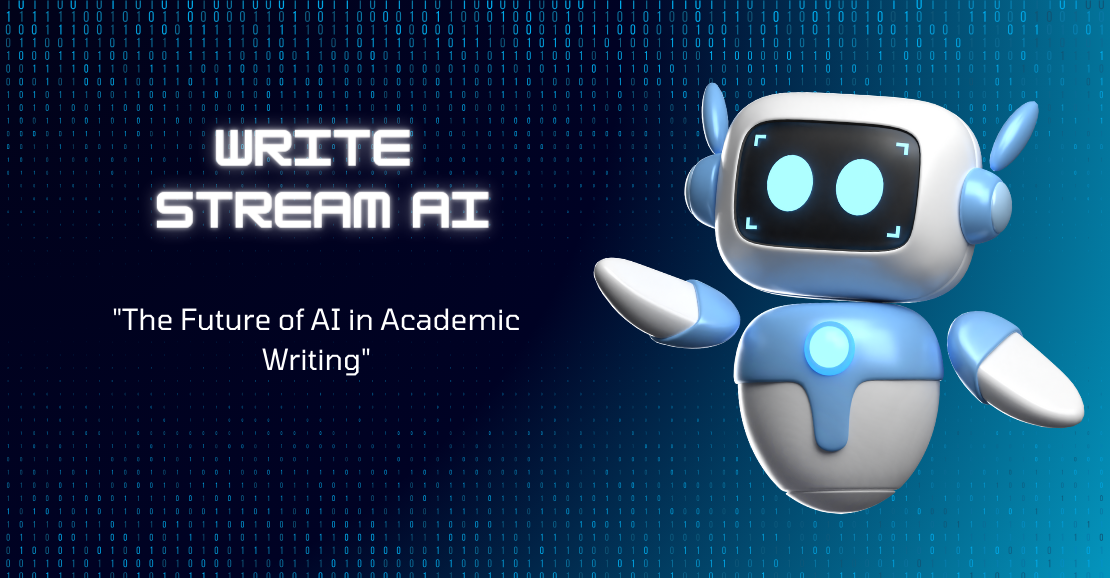In recent years, we have witnessed a rapid increase in the use of Artificial Intelligence (AI) in various fields. From self-driving cars and virtual assistants to healthcare and finance, the potential applications of AI seem endless. And now, it is paving its way into the world of academic writing, revolutionizing the way we research, write, and publish. As we look towards the future, it is evident that AI will play a significant role in shaping the landscape of academic writing.
So, what exactly is AI and why is it gaining prominence in academic writing? AI, in simple terms, is the simulation of human intelligence processes by computer systems. It involves the use of algorithms and machine learning techniques to analyze and process vast amounts of data, identify patterns, and make decisions. In academic writing, AI has the potential to streamline and simplify the entire writing process, making it more efficient and accurate.
One of the primary benefits of using AI in academic writing is its ability to assist in research. With millions of research papers published every year, it can be a daunting and time-consuming task to find relevant sources. AI-powered search engines, like Google Scholar and Semantic Scholar, are making this process much more efficient by analyzing the content of papers and suggesting the most relevant ones. This not only saves time but also ensures that writers have access to the most up-to-date and credible information.
Furthermore, AI has the potential to improve the quality of writing itself. Grammar and spelling checkers such as Grammarly and ProWritingAid are already widely used by students and researchers to eliminate typos and grammatical errors. However, as AI continues to develop, it can also assist in improving the overall structure and coherence of academic papers. With advanced natural language processing capabilities, AI can suggest sentence rephrasing, highlight repetitive phrases, and even offer alternative vocabulary to enhance the clarity and conciseness of writing.
In addition to aiding research and writing, AI is also making its way into the publication process. AI-powered software can analyze manuscripts and determine their chances of acceptance in different journals, based on the journals' publishing history and criteria. This can be extremely helpful for authors in selecting the most suitable journal for their paper, increasing their chances of successful publication.
However, while the use of AI in academic writing has many advantages, it is not without its challenges. One of the major concerns is the potential bias in AI systems. Since AI systems are trained using existing data, they can inherit the biases present in that data, resulting in biased suggestions and decisions. Therefore, it is crucial to continuously monitor and evaluate the algorithms used in AI-powered academic writing tools to ensure they are fair and unbiased.
Moreover, there are concerns about the impact of AI on job opportunities for human editors and proofreaders. While AI can certainly assist in proofreading and editing, it cannot replace the critical thinking and creativity of human writers. Therefore, it is essential to view AI as a tool that can enhance the writing process, rather than a replacement for human writers.
In conclusion, the future of AI in academic writing is promising. With its ability to improve research, writing, and publication processes, AI is making academic writing more accessible, efficient, and accurate. However, it is essential to address the potential challenges and ensure responsible use of AI in academic writing. As we continue to push the boundaries of innovation, one thing is for sure – AI will continue to shape the future of academic writing.























Write your comment
Cancel Reply